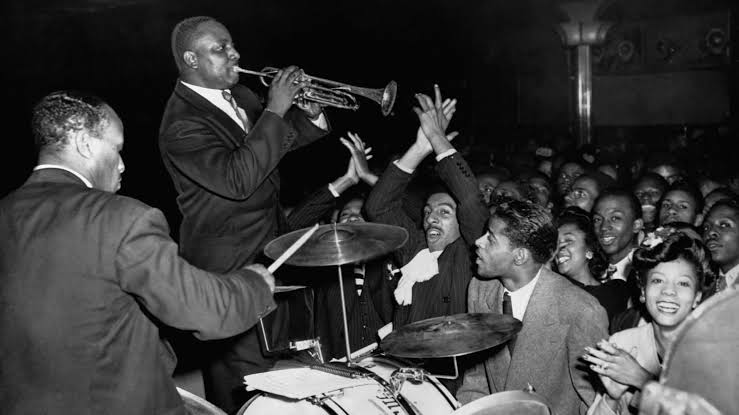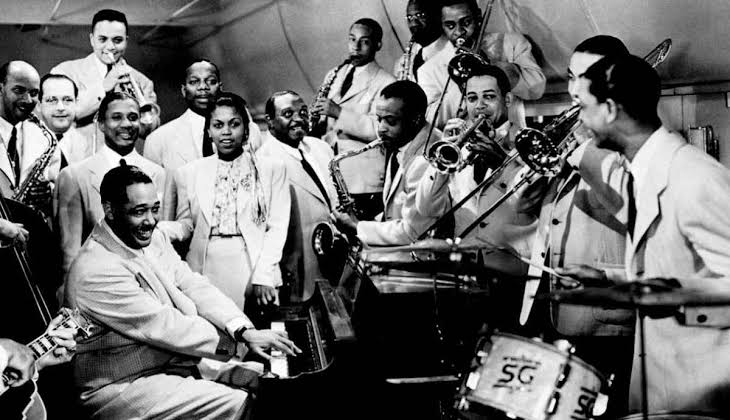The Harlem Renaissance was more than just a literary movement; it was a cultural, social, and artistic revolution that redefined African American identity and had a profound impact on American culture. Centered in the Harlem neighborhood of New York City during the 1920s and early 1930s, this period marked a significant turning point for African Americans as they embraced their cultural heritage and made monumental contributions to art, literature, music, and intellectual thought.
Origins of the Harlem Renaissance
The seeds of the Harlem Renaissance were sown in the aftermath of the Great Migration, during which millions of African Americans moved from the rural South to urban centers in the North. Harlem became a cultural hub, attracting talented individuals who sought greater economic opportunities and freedom from the oppressive racial segregation of the South. The neighborhood quickly transformed into a vibrant community where Black culture flourished.

Literature: Voices of a New Era
One of the most significant aspects of the Harlem Renaissance was its literary output. Writers like Langston Hughes, Zora Neale Hurston, Claude McKay, and Jean Toomer explored themes of racial pride, cultural identity, and the African American experience. Their works provided a powerful counter-narrative to the dominant stereotypes and prejudices of the time.
Langston Hughes, often referred to as the poet laureate of Harlem, captured the spirit of the movement with his poems that celebrated Black life and resilience. In his poem “The Negro Speaks of Rivers,” Hughes connects the African American experience to a deep, historical legacy, reinforcing a sense of pride and continuity.

Also, read; Organizations That Fought Against Black Oppression: A Legacy of Resistance
Zora Neale Hurston, another literary giant of the period, brought the richness of Black culture and folklore to the forefront in her novels and anthropological work. Her novel “Their Eyes Were Watching God” is now considered a classic of American literature, showcasing the struggles and triumphs of African American women.
Music: The Soundtrack of the Renaissance
Music played a central role in the Harlem Renaissance, with jazz emerging as the defining sound of the era. Harlem’s nightclubs, such as the Cotton Club and the Savoy Ballroom, became famous for their jazz performances, attracting audiences from all over the city and beyond.
Icons like Duke Ellington, Louis Armstrong, and Bessie Smith revolutionized the music scene with their innovative styles and performances. Jazz not only provided a form of entertainment but also served as a means of expression and communication, breaking down racial barriers and bringing people together.

Visual Arts: A Canvas of Black Identity
The visual arts also saw a significant transformation during the Harlem Renaissance. Artists like Aaron Douglas, Augusta Savage, and Jacob Lawrence created works that depicted the beauty and complexity of Black life. Their art often drew on African aesthetics and themes, reflecting a pride in African heritage and a rejection of Western artistic conventions.
Aaron Douglas, known for his distinctive style combining African motifs with modernist techniques, produced powerful murals and illustrations that captured the spirit of the Harlem Renaissance. His work often highlighted themes of racial uplift and social progress, inspiring future generations of African American artists.
Intellectual Thought: A New Consciousness
The Harlem Renaissance was also a period of intense intellectual activity. Thinkers like W.E.B. Du Bois, Marcus Garvey, and Alain Locke provided the philosophical and ideological foundations of the movement. Du Bois, with his concept of “double consciousness,” articulated the complex identity struggles faced by African Americans, while Garvey’s advocacy for Black nationalism and economic self-sufficiency resonated with many.
Alain Locke, often called the “Dean” of the Harlem Renaissance, edited the seminal anthology “The New Negro,” which showcased the work of emerging Black writers and artists. Locke’s vision of the “New Negro” emphasized cultural pride, self-respect, and a commitment to social justice, laying the groundwork for future civil rights movements.

Legacy and Impact
The Harlem Renaissance left an indelible mark on American culture and society. It challenged the pervasive racism and stereotypes of the era, showcasing the intellectual and artistic achievements of African Americans. The movement laid the groundwork for the Civil Rights Movement of the 1950s and 1960s, as it fostered a sense of pride and solidarity within the Black community.
Furthermore, the Harlem Renaissance had a lasting influence on subsequent generations of artists and writers. Its legacy can be seen in the works of contemporary African American creators who continue to draw inspiration from the pioneers of this transformative period.
Conclusion
The Harlem Renaissance was a pivotal moment in African American history, representing a renaissance of Black culture and identity. Through literature, music, visual arts, and intellectual thought, the movement celebrated the richness and diversity of the African American experience. The Harlem Renaissance not only redefined African American identity but also left an enduring legacy that continues to inspire and influence American culture today.

